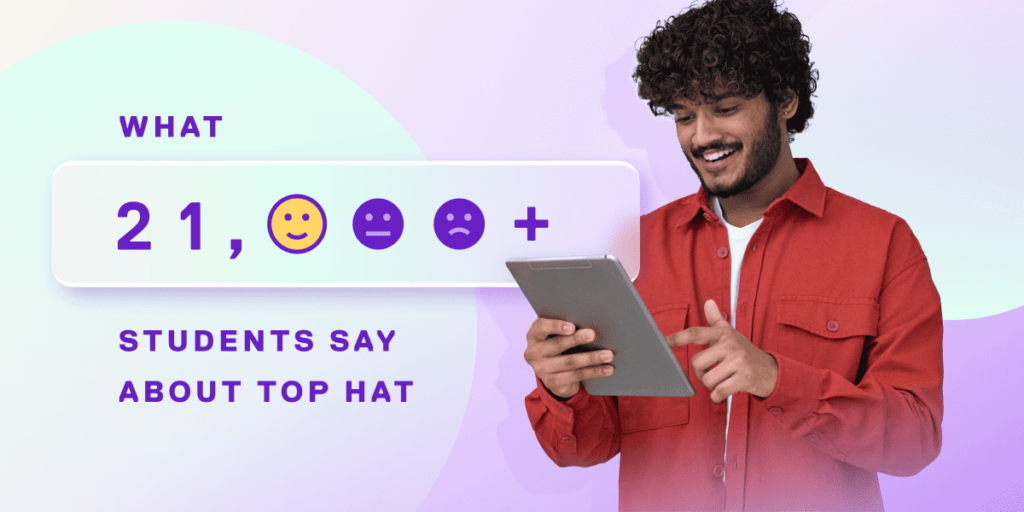Few institutions were prepared for the sudden shift to remote teaching prompted by the COVID-19 pandemic and the response has been a real mixed bag. We have seen many institutions embrace this new reality, meeting the challenge head-on by training and supporting educators. But we’re also seeing scrambled and knee-jerk attempts at replicating the traditional classroom experience, which will no doubt affect attitudes towards remote learning.
This is a moment in history when pure necessity is the driving force of change. Faculty and students are experiencing a lot of anxiety and stress during this crisis. Here are some potential long-term effects that COVID-19 may have on higher education beyond the next few months.
Anticipated declines in enrollment and state funding may lead to a mix of blended and fully online learning, potentially scaling down costs for students. Static course materials will need to be swapped for dynamic assessments, readings and lectures to help drive student engagement and improve retention. Institutions will also have to reconsider their remote teaching strategy and adopt technologies that won’t only lend to flexible learning, but will withstand a multitude of future crisis scenarios. Today’s students yearn for a healthy balance of face-to-face and online learning—an experience that is both empowering and has the potential to outlast the effects of COVID-19.
Click here to read more about my take on the effects of the COVID-19 crisis on higher education on Hacker Noon.


